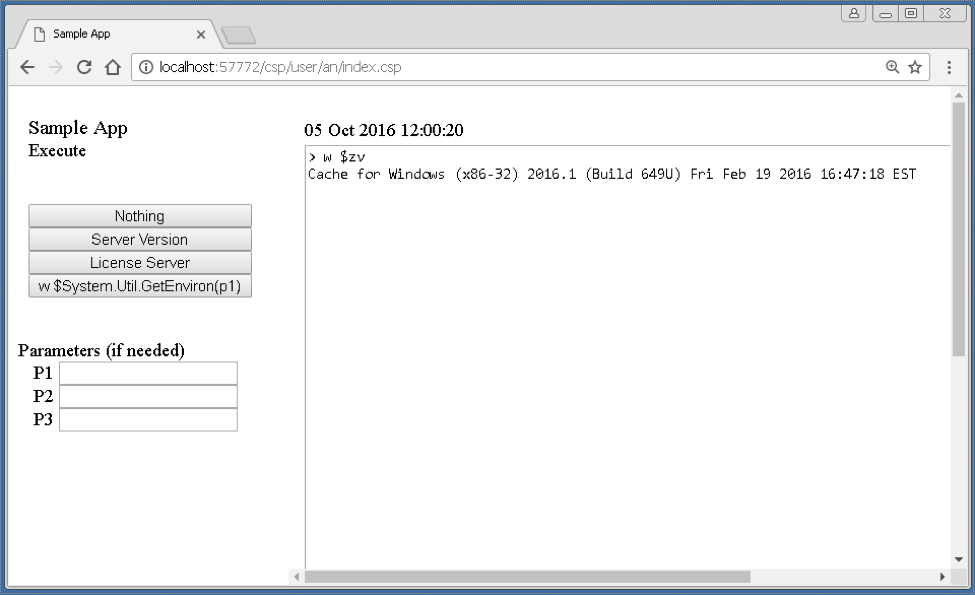Do not let the title of this article confuse you; we are not planning to take the InterSystems staff out to a fine Italian restaurant. Instead, this article will cover the principles of working with date and time data types in IRIS. When we use these data types, we should be aware of three different conversion issues:
- Converting between internal and ODBC formats.
- Converting between local time, UTC, and Posix time.
- Converting to and from various date display formats.

.png)


